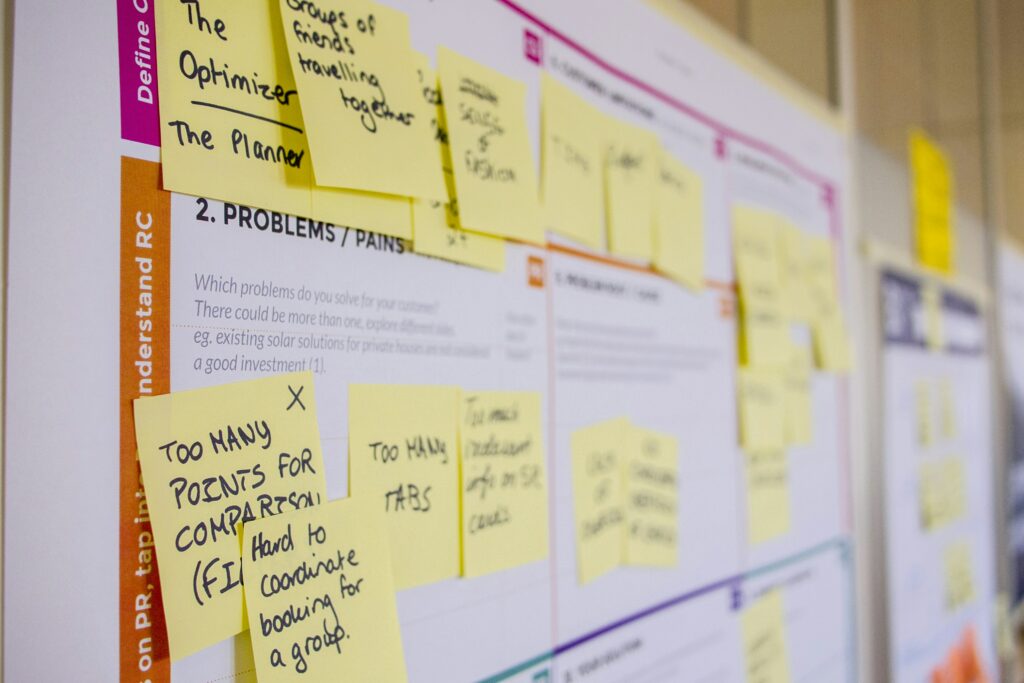Introduction
Project management has evolved drastically, and in 2024, staying informed about the latest project management trends is essential for businesses to thrive. As competition increases and the pace of business accelerates, keeping up with these trends will not only help streamline your projects but also ensure you remain competitive in a rapidly changing environment. In this blog, we’ll explore 5 project management trends you can’t afford to ignore in 2024, providing actionable insights to optimize your workflows and increase engagement.

AI and Automation in Project Management
AI and automation have become essential components in the project management toolkit. Tools powered by artificial intelligence offer predictive analytics, automate repetitive tasks, and provide real-time insights, making project management more efficient than ever before.
For instance, AI can predict potential project delays based on past data and automate resource allocation. Automation reduces manual errors and frees up time for managers to focus on more strategic aspects of the project. As a result, teams can meet deadlines more consistently, and decision-making becomes faster and more data-driven.
Hybrid Project Management Approaches
Traditional project management methodologies like Waterfall and Agile have their strengths, but in 2024, many companies are opting for hybrid approaches. By blending methodologies, businesses can tailor their approach to meet the specific needs of each project.
A hybrid approach allows project managers to maintain the structure of Waterfall for long-term planning while integrating Agile’s flexibility for adaptive problem-solving. This combination ensures better control over scope and timelines while maintaining room for innovation and change.
Remote and Distributed Teams in Project Management
The remote work trend, accelerated by the pandemic, is here to stay. Managing remote and distributed teams requires unique tools and strategies to ensure effective communication and collaboration.
Investing in communication platforms that offer seamless interaction, such as Slack, Zoom, or Microsoft Teams, is crucial. Additionally, project managers must foster a culture of transparency, regular check-ins, and team bonding to maintain trust and engagement in a remote setting.
Focus on Employee Well-Being
In 2024, the focus on employee well-being will continue to play a crucial role in project success. The burnout risk is high in high-pressure environments, so ensuring work-life balance and mental health support is critical.
Project managers should prioritize flexibility, offering options like remote work and flexible hours where possible. Furthermore, creating an environment where employees feel supported can improve morale and, ultimately, project outcomes.
Data-Driven Decision Making
Real-time insights and data analytics are transforming how projects are managed. In 2024, data-driven decision-making will be at the forefront of successful project management strategies.
By leveraging data, project managers can track performance metrics, resource allocation, and project timelines with precision. Tools that collect and analyze project data allow for better forecasting and more informed decisions. The ability to visualize progress and adjust on the fly is a game-changer for teams looking to increase efficiency and meet goals more effectively.
Conclusion
Staying ahead of the curve in project management means embracing these emerging trends. By adopting AI, hybrid methodologies, and data-driven strategies, and focusing on employee well-being and remote team management, businesses can drive efficiency and engagement in 2024. Whether you’re looking to refine your current processes or overhaul your approach entirely, these trends will give you the edge you need to succeed.
Get the latest—follow for all the newest content: instagram.com/odysseycomputing/
Read what’s new on our blog: Business Growth: San Diego Developers as Your Catalyst


